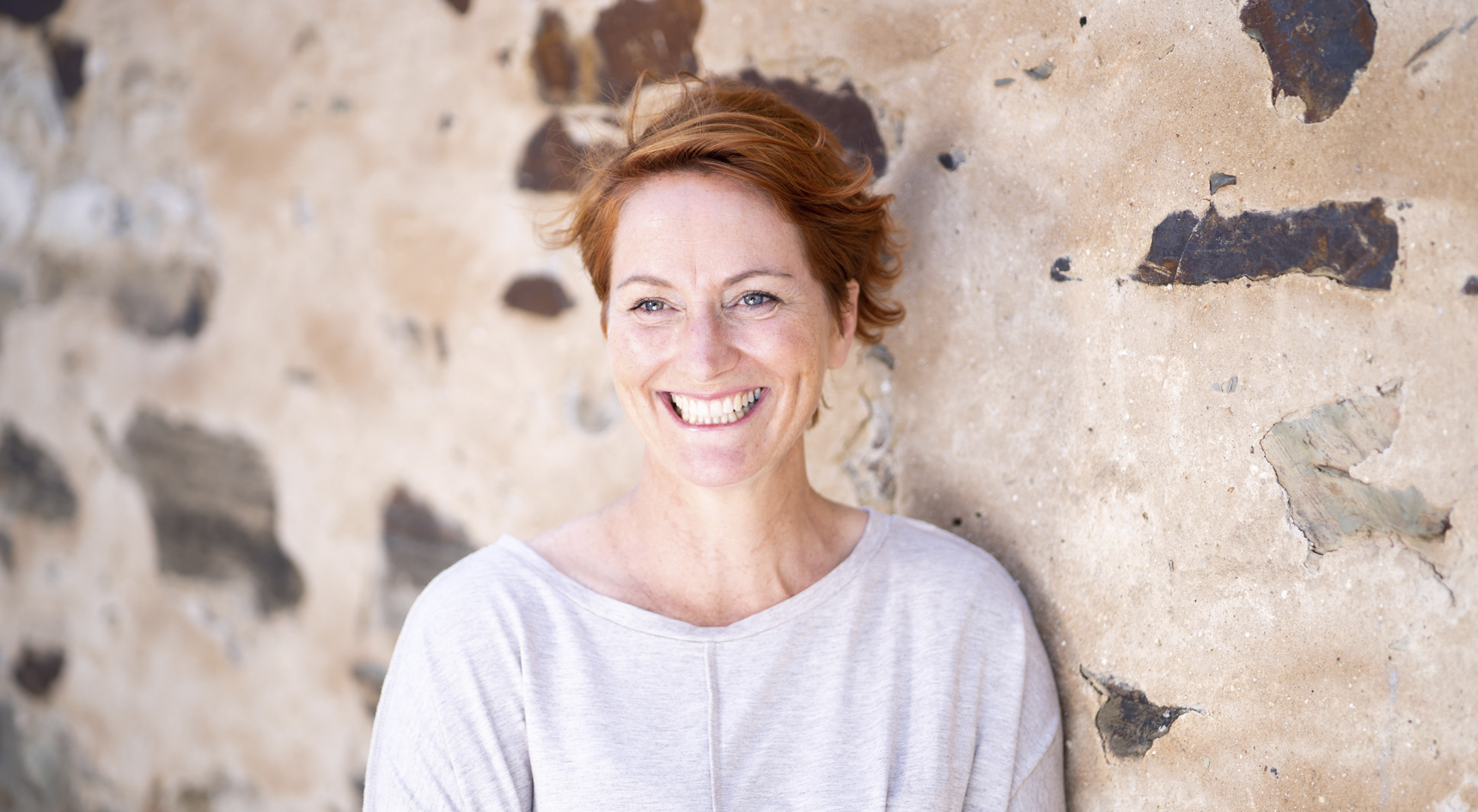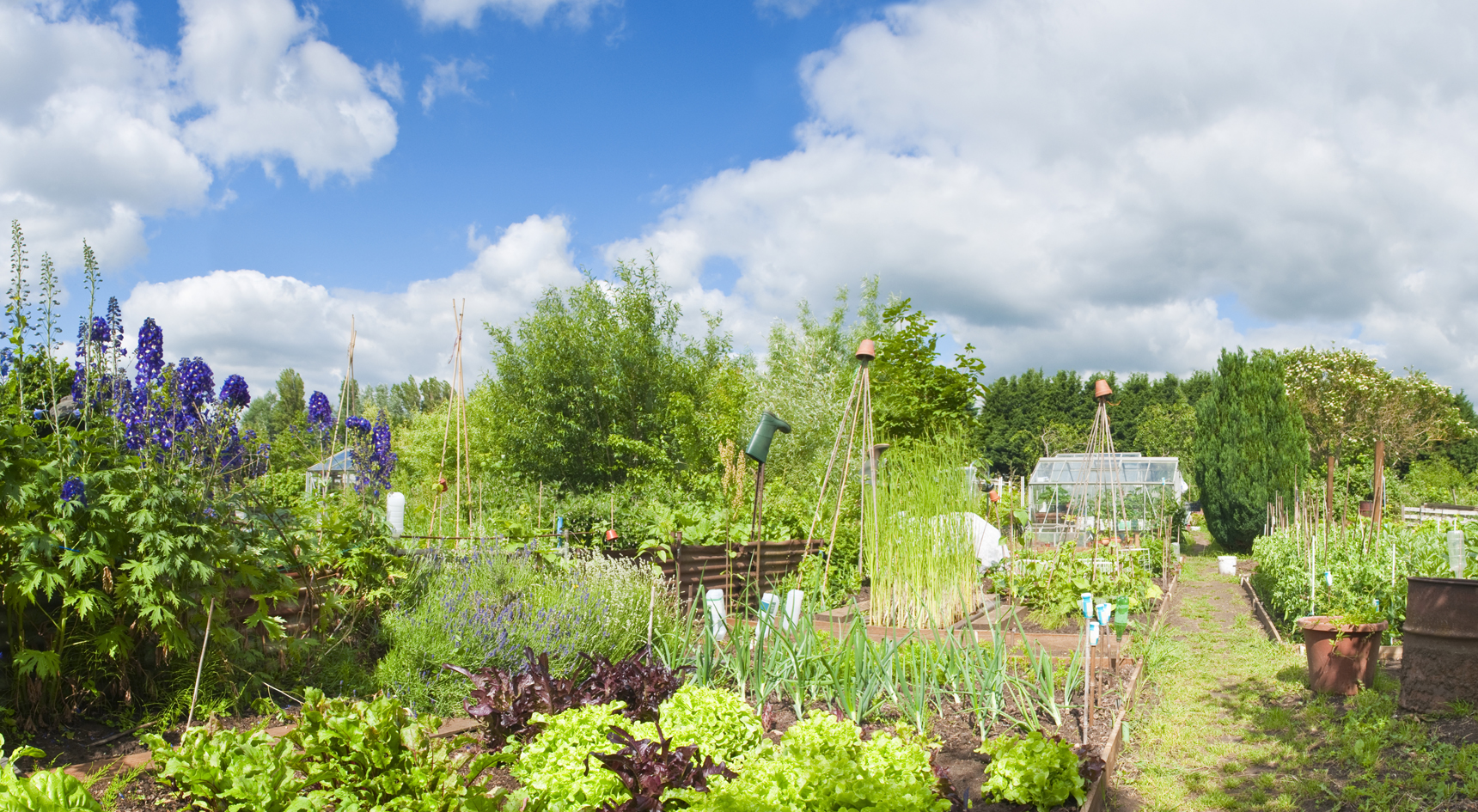Heirloom cucumbers, Tasting Australia and food waste

Speaking to Tasting Australia Presented by RAA Travel Festival Co-director Karena Armstrong, it doesn’t take long to realise where her passion lies.
She talks fervently about her restaurant The Salopian Inn, harvesting cucumbers and tomatoes from her veggie garden, the versatility of carp, and of course, Tasting Australia.
Growing up in Adelaide’s southern suburbs, Karena’s parents had a large fruit and vegetable garden which gave her first-hand experience of what it was like to cook with fresh produce.
At age 18 she began cooking professionally and, in a career spanning almost 30 years, she has worked at some of Australia’s premier food destinations, including the Lake House in Daylesford, the Melbourne Wine Room and Icebergs in Sydney.
Returning to Adelaide about 10 years ago, Karena decided to open her own restaurant.
The Salopian Inn at McLaren Vale is renowned for using locally grown seasonal produce and growing fresh fruit and vegetables on the property.
Karena will not only be directing this year’s Tasting Australia festival, but also hold her own event, Wasted at the Town Square Kitchen. We sat down to ask her a few questions about the event and what it means to reduce food waste.

Can you tell us a little bit about Wasted and what it means to you?
Wasted was an idea that’s really close to my heart, but also two other chefs, Ben Devlin and Kane Pollard.
When we think of the term Wasted, we think of things that we don’t want so, foods that are secondary, not as glamorous or unwanted – but it’s actually not that.
Think of a premium product like a wild scallop that’s come off the coast of Kangaroo Island; you open it up, you’ve got the shell, the frills that go around the scallop, then you have the scallop meat and roe.
A lot of fancy chefs will get rid of the roe and frill and give you just the meat. At this dinner we’ll do something with every part of the scallop.
We consider where your food comes from, who produced it, how much energy they took to produce it, and then use every little bit, but not in a secondary way. There are also ingredients in there that perhaps aren’t as well known, so I’m going to use carp on the menu.
Why are you going to use a disliked fish such as carp?
People might go “oh, it’s carp” but it’s the most delicious fish – it’s amazing. In terms of Wasted, people love King George whiting, which is an amazing fish.
South Australia is well-known for it, but we’ve got a Murray River and other estuaries that are full of carp. It’s readily available and easy to catch so you have to ask, why aren’t we using it?
I ate a similar fish to carp when I was living in Vietnam for a little bit. They use lots of lemongrass, and chilli and deep fry the fish.
Where did your passion for using locally sourced and seasonal produce come from?
I get asked that question more and more now. Looking back, the easy answer there is working for Alla Wolf-Tasker at Lakehouse: she was seasonal before it was cool to be seasonal.
Growing up, we had a very typical quarter of an acre block in Morphett Vale, but half of our block was a vegetable garden.
I actually grew up eating from a garden, thinking that was completely normal. So somewhere in me, is that sense of seasonality, but it’s always been there – it was unspoken and how you ate.

How has that translated into your role as a chef/restaurant owner?
Over the years, I’ve slowly worked out just how important it is to buy food that’s close to you, and that tastes good at its peak.
The garden at my house, which started really small and is now massive, is such a driving force behind the restaurant, because it keeps bringing you back to your purpose, which is to cook seasonal, local food.
When that food’s growing in front of you, your purpose is there every day, it’s demonstrated. It’s got a physicality to it that I think’s really inspiring for me.
I just jumped out of the kitchen to come and talk to you, and I think we would have 30kg of cucumbers in there that we’re currently processing.
We grow heirloom varieties, not supermarket varieties, so they’re not uniform. Some have big seeds, some have small seeds. We’ll turn those into a sorbet, and the actual flesh, we’re going to pickle. We really look at what we’re growing, and then how we can use it all.
Turning our attention to Tasting Australia, why do you think it’s such an important event for South Australia?
I think it’s important to show the rest of Australia, and the world, indeed, how beautiful our state is.
I also think our produce is impeccable. I’m involved in the Delicious Awards, as a judge, and South Australia regularly gets gold medals for our produce in a nation-wide standing.
We have very passionate producers who are dedicated to long-term production of high-quality food here.
Our environment is clean, which makes a producer’s job easier. And we also have a really good food culture here.
When we get visiting chefs from interstate, and overseas, they’re blown away with our produce.
Wandering through the Central Market, they can have a good look at it. And then for me, as a chef, I love seeing what they do with [the produce].
Get a taste of SA
Find out more about Tasting Australia, including exclusive RAA member benefits.

